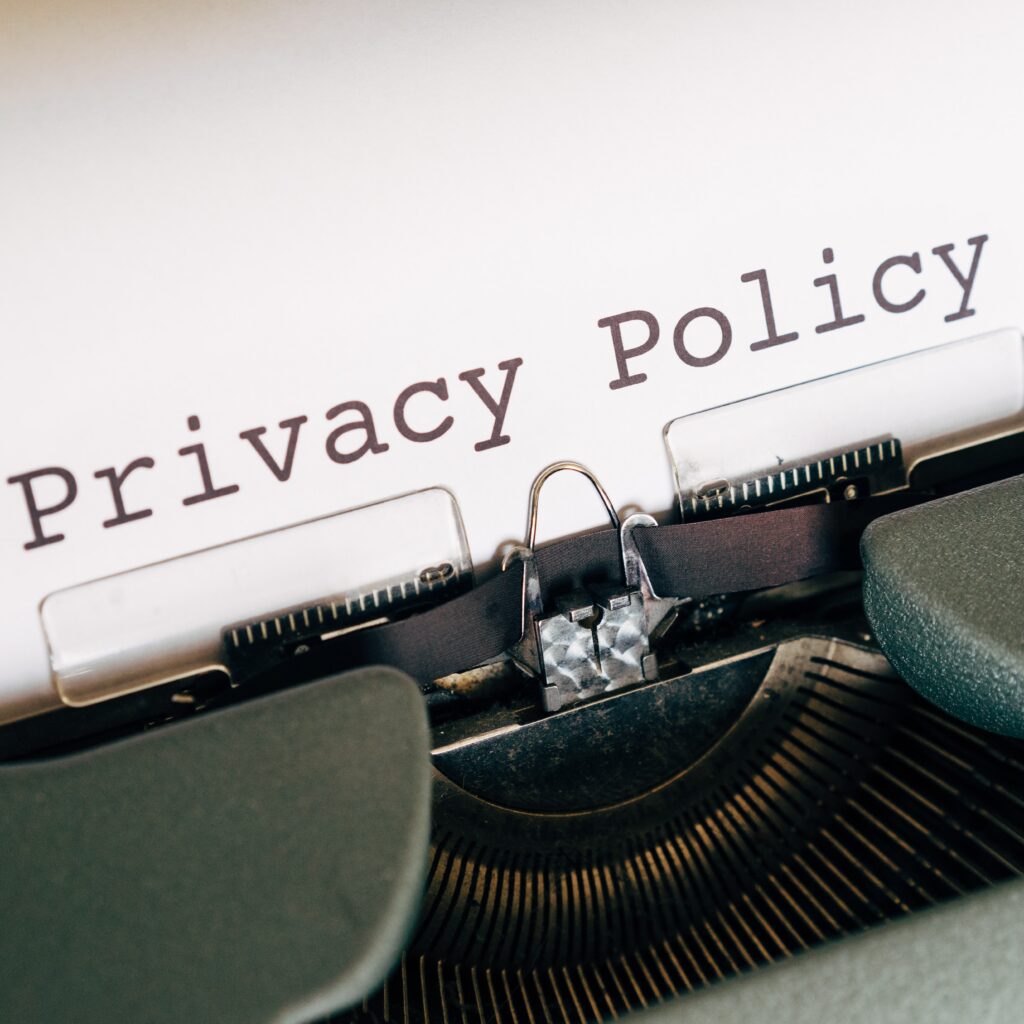Introduction:
In today’s digital landscape, where data breaches and online privacy concerns are on the rise, having a comprehensive privacy policy is crucial for any website. In this blog post, we will delve into the significance of privacy policies and explore why they are essential for both website owners and visitors. So, let us embark on this journey of understanding privacy policies and discover their impact on online security and user trust.
Section 1: The Basics of Privacy Policies
1.1. What is a Privacy Policy?
A privacy policy is a legal document that outlines how a website or online service collects. It serves as a transparent and informative communication channel between website owners and visitors regarding data privacy practices. The privacy policy explains what types of information is being collected, the purpose of collection, how the data are stored and secured, and any third parties with whom the information shared.
1.2. Why Do Websites Need a Privacy Policy?
Websites need a privacy policy to fulfil legal requirements, demonstrate commitment to user privacy, and enhance credibility and trustworthiness.
1.3. Legal Requirements and Compliance
Privacy policies help websites comply with privacy regulations such as GDPR and CCPA, addressing data subjects’ rights, consent, and data breach procedures.
Section 2: The Importance of Privacy Policies
2.1. Safeguarding User Information and Data
Privacy policies play a crucial role in safeguarding user information and data. They outline the security measures in place to protect personal data from unauthorized access, misuse, or loss. By clearly communicating these measures, website owners can assure users that their information are managed with care and stored securely, fostering a sense of trust and confidence in the website’s privacy practices.
2.2. Building Trust and Transparency
Privacy policies contribute to building trust and transparency between website owners and visitors. By providing clear and concise information about data collection, usage, and sharing practices, privacy policies demonstrate a commitment to transparency and respect for user privacy. This transparency fosters trust and encourages visitors to engage with the website, knowing that their personal information is being managed responsibly.
2.3. Complying with Privacy Regulations
Privacy policies are essential for ensuring compliance with privacy regulations and laws. They outline how websites adhere to specific legal requirements, such as the General Data Protection Regulation (GDPR) or the California Consumer Privacy Act (CCPA). By incorporating the necessary provisions and disclosures in their privacy policies, website owners can demonstrate their commitment to legal compliance and avoid potential penalties or legal issues.
2.4. Enhancing Website Credibility and Professionalism
Having a privacy policy in place enhances the credibility and professionalism of a website. It signals to visitors that the website is serious about protecting their privacy and is committed to ethical and responsible data handling practices. A well-crafted and prominently displayed privacy policy can instil confidence in users, leading to increased engagement, conversions, and long-term relationships with the website and its services.
Section 3: Key Elements of an Effective Privacy Policy
3.1. Clear and Concise Information
An effective privacy policy should provide clear and concise information about data practices. It should use plain language that is easily understood by the average user, avoiding complex legal jargon. By presenting information in a straightforward manner, website owners can ensure that visitors are fully aware of how their data is collected, used, and protected.
3.2. Data Collection and Usage Policies
This section of the privacy policy describes the types of data collected from users and the purpose for which it is collected. It includes details such as the categories of personal information collected (e.g., name, email address, IP address), methods of collection (e.g., through forms or cookies), and the specific purposes for which the data is used (e.g., to personalize user experience or process transactions).
3.3. Cookie Policies and Tracking Technologies
Numerous websites use cookies and other tracking technologies to gather information about user behaviour and preferences. An effective privacy policy should include a dedicated section explaining the use of cookies, how they are employed on the website, and the user’s options for managing or disabling cookies.
3.4. Third-Party Disclosure and Data Sharing
If a website shares user data with third parties, such as service providers or advertising networks, this section should outline the types of third parties involved and the purpose of sharing data with them. It should also clarify the mechanisms in place to ensure that these third parties adhere to appropriate data protection standards and safeguards.
3.5. User Rights and Consent Mechanisms
An effective privacy policy should inform users about their rights regarding their personal information. This includes their right to access, correct, and delete their data, as well as their right to opt out of certain data processing activities. The policy should also outline the mechanisms through which users can exercise these rights, such as providing contact information or access to user account settings.
Section 4: Implementing and Maintaining a Privacy Policy
4.1. Best Practices for Drafting a Privacy Policy
This section provides best practices for drafting a privacy policy that is comprehensive, accurate, and aligned with legal requirements. It may include tips on organizing the policy, using understandable language, and addressing specific privacy concerns relevant to the website’s industry or target audience.
4.2. Displaying and Accessing the Privacy Policy
Ensure transparency, the privacy policy should be easily accessible to website visitors. This section may discuss the best practices for displaying the policy, such as placing it in the website footer or including a prominent link in the main navigation menu. It may also suggest additional ways to draw attention to the policy, such as using pop-up notifications or requiring user consent before accessing certain features.
4.3. Regular Updates and Compliance Monitoring
Privacy policies should regularly review and updated to reflect any changes in data practices or legal requirements. This section emphasizes the importance of maintaining an up-to-date privacy policy and provides recommendations on monitoring compliance with the policy, conducting periodic audits, and addressing user inquiries or concerns.
Section 5: Addressing Common Concerns and FAQs
5.1. Can I Copy a Privacy Policy from Another Website?
Copying a privacy policy from another’s website is not advised. While it may seem like an easy solution, it can lead to various issues and potential legal consequences.
5.2. What If I Don’t Collect Personal Data?
Even if a website does not collect personal data directly, it may still use cookies or other tracking technologies that require disclosure and user consent. It emphasizes the importance of assessing all data processing activities and including relevant disclosures in the privacy policy.
5.3. What Happens if I Don’t Have a Privacy Policy?
It may cover legal implications, such as non-compliance with privacy regulations, potential fines, and reputational damage due to user mistrust. It underscores the importance of having a privacy policy as a standard practice for any website that manages user data.
Conclusion:
As the digital landscape evolves, protecting user privacy and complying with regulations is paramount. A well-crafted privacy policy not only helps safeguard user data but also establishes trust and credibility with website visitors. By understanding the importance of privacy policies and implementing them effectively, website owners can foster a secure and transparent online environment. So, prioritize your privacy policy today and build a solid foundation for your website’s success.
Remember, protecting user privacy is not only a legal obligation but also an ethical responsibility. With an informative and comprehensive privacy policy in place, you can inspire confidence and establish long-lasting relationships with your audience.
ccpa compliance data privacy gdpr legal requirements online privacy privacy policy privacy policy generator user data website monetization what is privacy policy




